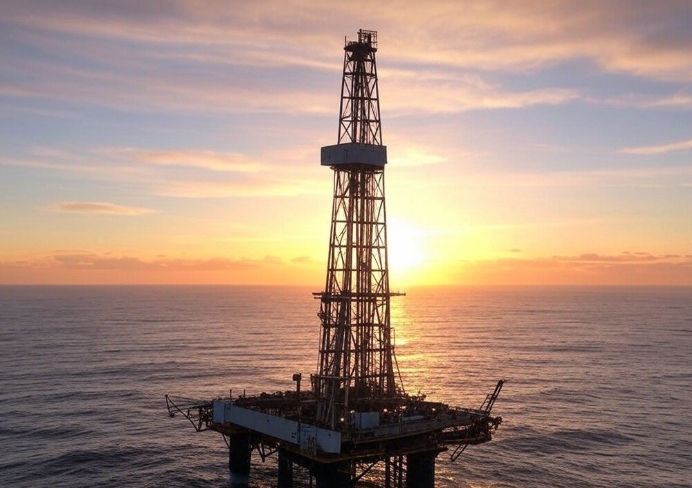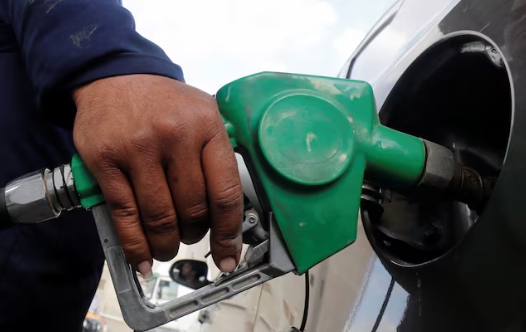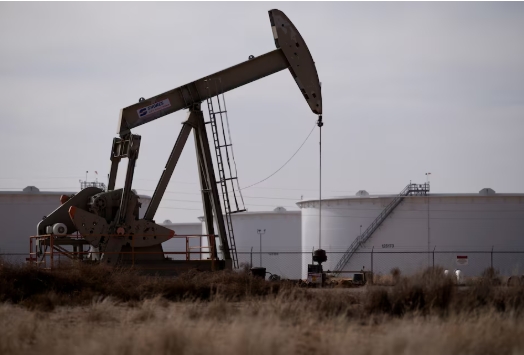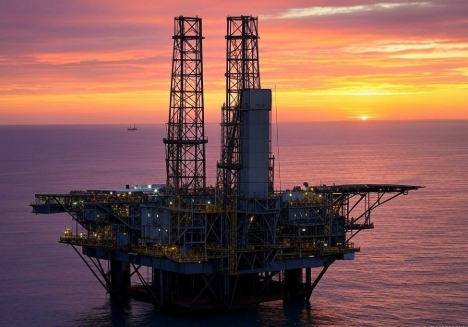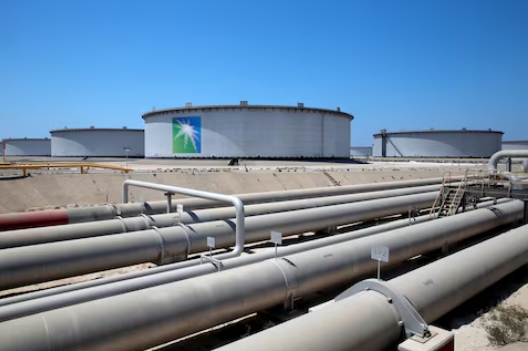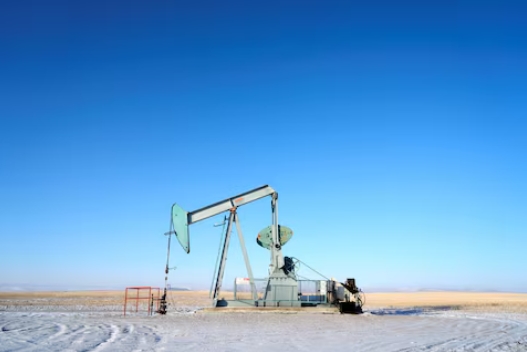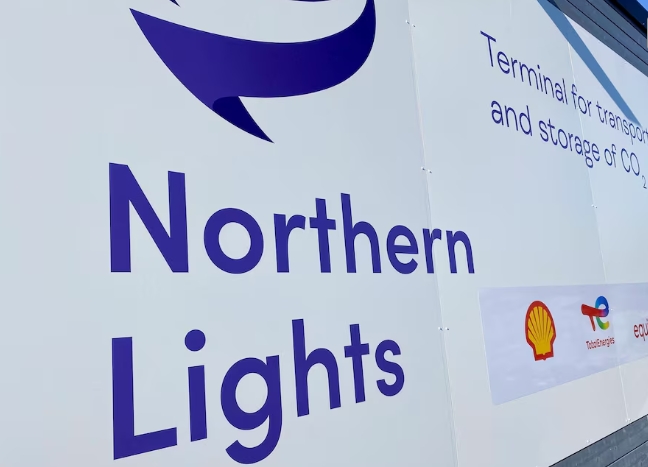
Carbon capture and storage (CCS) has long been highlighted as a way to reduce CO2 emissions but there are few commercial projects in existence, with Norway in 2020 launching the Longship project, which includes the Northern Lights site.
"Today we achieved an important milestone on our journey to demonstrate CCS as a viable option to help achieve climate goals," Tim Heijn, managing director of the joint venture said at the unveiling of the facility.
The partners look forward to receiving the first volumes in 2025, said Arnaud Le Foll, a senior vice-president at TotalEnergies.
The site consists of 12 metal tanks onshore, capable of temporarily storing a 7,500 cubic metres cargo from one of the custom-made ships commissioned to deliver liquefied CO2.
This is then sent via a 110 kilometre pipeline for permanent storage in a rock formation 2,600 metres below sea level.
Northern Lights' first phase can inject 37.5 million metric tons of CO2 over a 25-year period, or 1.5 million tons per year. A second phase targets an additional 3.5 million tons a year.
The first delivery will come from a capture facility at the Brevik cement plant in southern Norway owned by Heidelberg Materials, which is also part of the Longship project.
The German group told Reuters it plans to complete the facility by year-end, followed by a period of tests, but did not specify a timing for the first shipment.
Northern Lights also has agreements to transport and store CO2 for fertiliser maker Yara and Denmark's Orsted, opens new tab from 2025 and 2026 respectively, while an Oslo waste plant capture project is on hold over budgeting issues.
